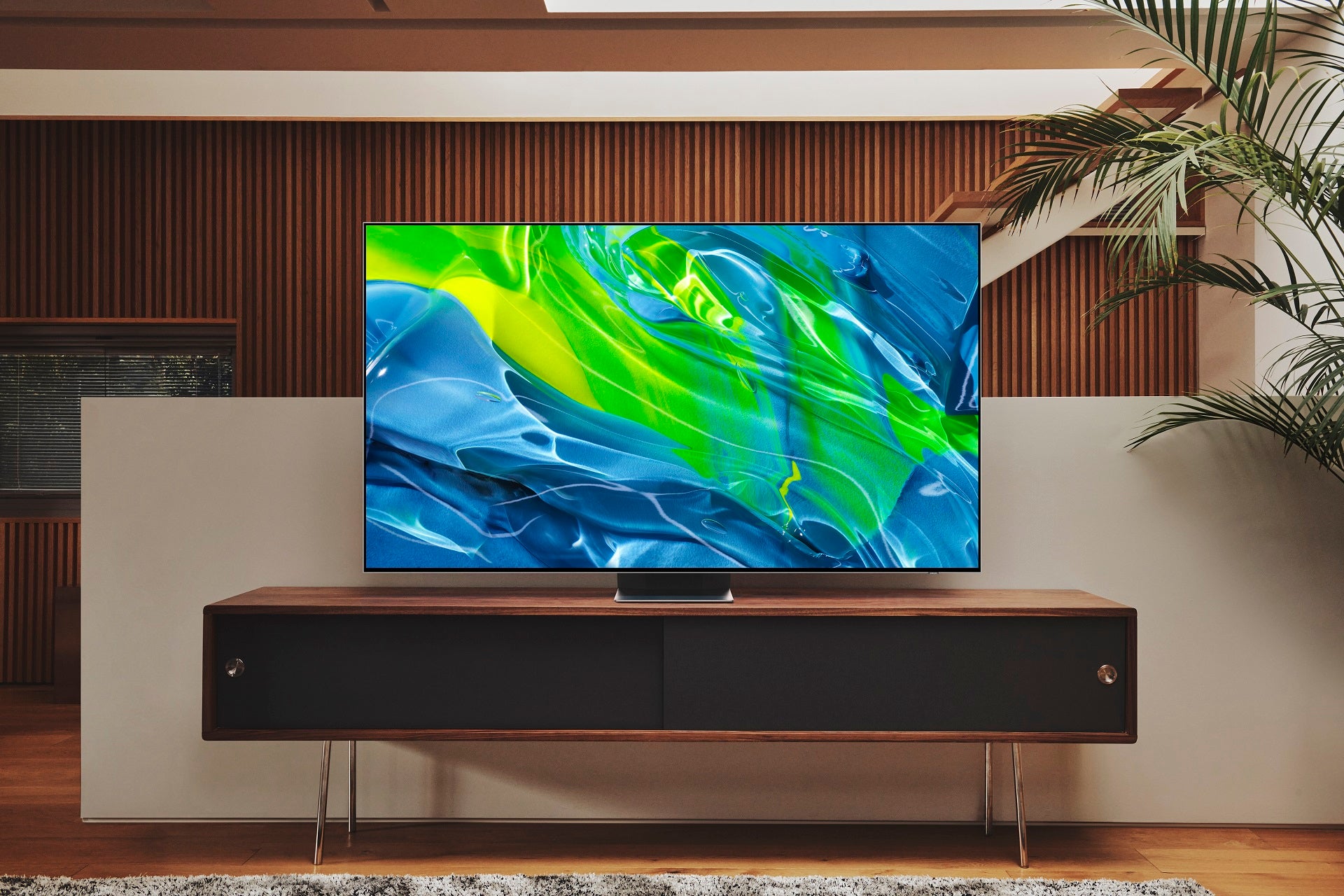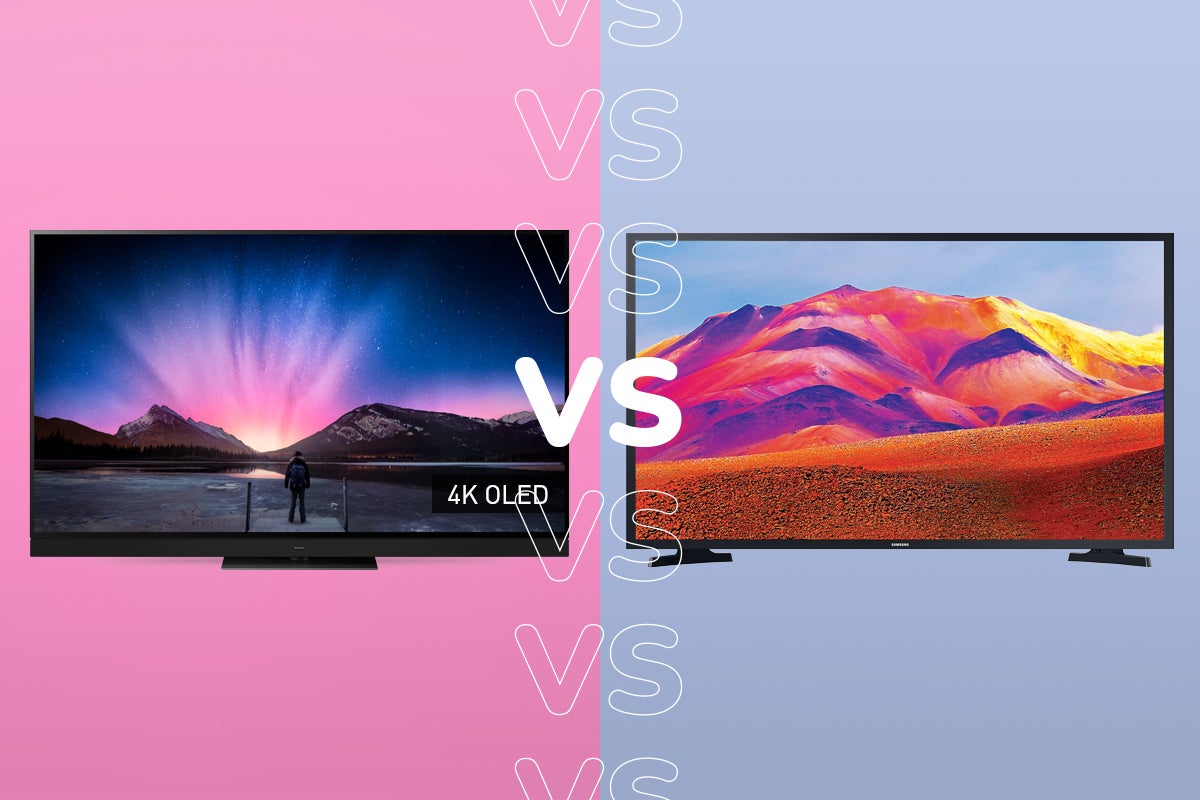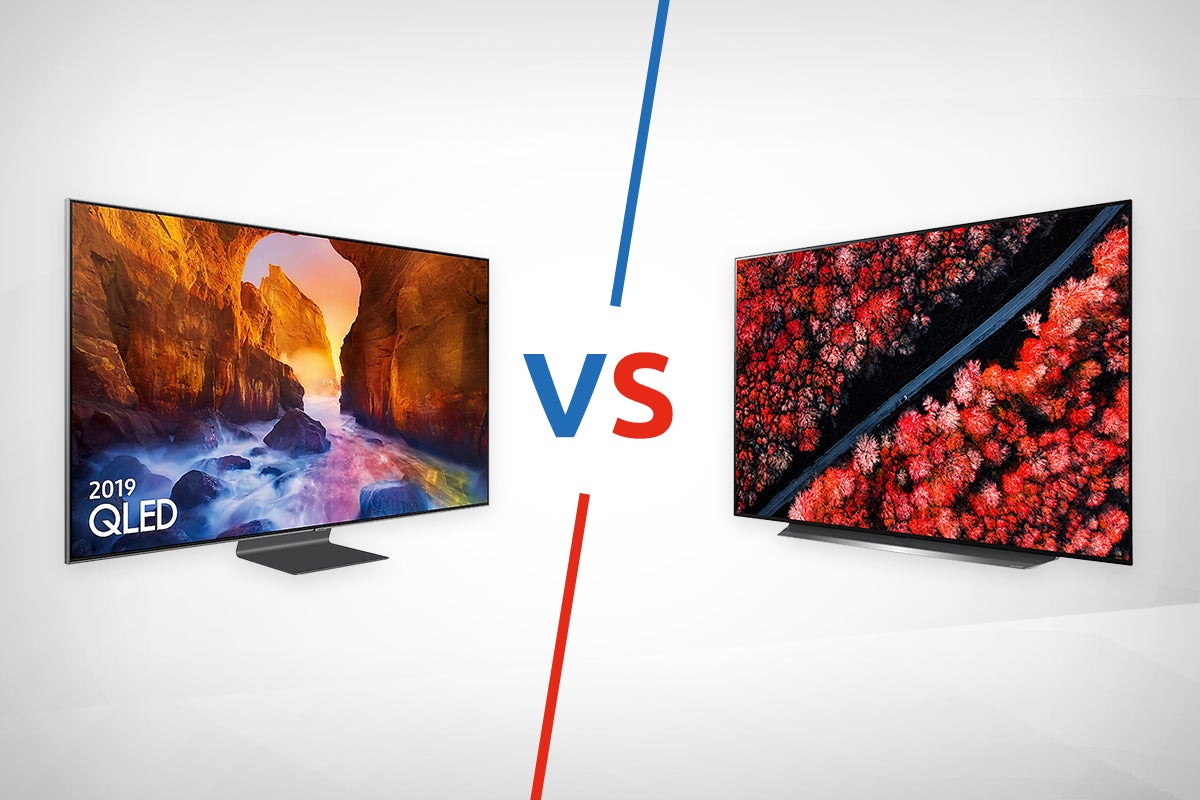QD-OLED vs OLED: What’s the difference?
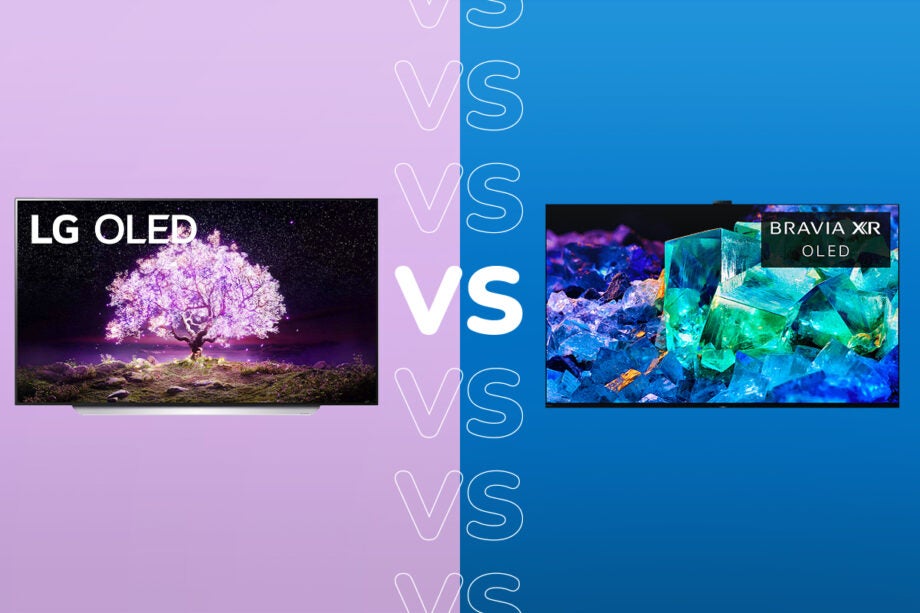
At CES 2022 we got our first glimpse of the new QD-OLED display technology that’s set to launch later this year.
QD-OLED is a merging of OLED panels and Quantum Dot technology, and in theory it offers the best of both worlds. QD-OLED is not only taking the game to OLED but looking to send them to the scrap heap (or local recycling bay).
And so we have an intriguing battle in QD-OLED vs OLED, leading us to go through the ways in which the two display technologies differ, how they work and what their best attributes are.
How are they different?
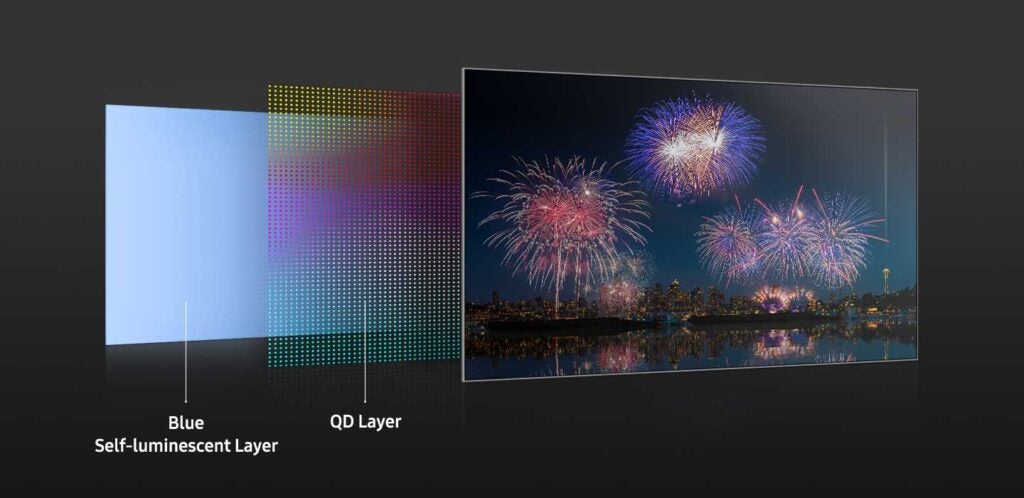
Both screens are self-emissive, which means each pixel can create its own light. The benefit is that local dimming is at a pixel level, so each individual pixel can be controlled for class-leading contrast and black levels.
So that’s how they’re similar but in what way do they differ? Primarily through the structure of the panel. LG’s WOLED panels are used across the TV market, and it uses blue and yellow OLED materials to produce a white light that’s passed through a colour filter to create the red, green, and blue pixels that make up an image on screen.
QD-OLED however sends blue light into a Quantum Dot filter to create red and green light, and the combination of these saturated red, green, and blue lights produce what’s seen on the screen. The Quantum Dot filter is one key element as to any advantages QD-OLED can offer over OLED.
It’s the same principle but executed in a different way. And early backers of QD-OLED are confident the results are an improvement too.
Brightness

One disadvantage of OLED screens compared to LCD LED TVs is that peak brightness isn’t as bright as their LCD equivalents. That’s not to mistake OLEDs for being unable to deliver bright images. They can, as some register a peak brightness of up to 1000 nits on a 5% or 10% HDR window (usually in their Vivid/Dynamic modes).
Where QD-OLED fits into all this is that it’s capable of higher peak and average brightness than traditional OLEDs, with Samsung saying its QD Displays are certified as hitting 1000 nits (and online scuttlebutt suggests it can go as high as 1500 in certain situations).
HDR video content is mastered at the HDR10 industry standard required for TVs (1000 nits) and reaching this level of brightness would negate the need for aggressive tone mapping to reproduce the full range of luminance because QD-OLED’s dynamic range is not as limited as OLED.
And though LCD LEDs can achieve higher brightness than both, it hits roadblocks in managing blooming and backlight bleeding. That makes QD-OLED a bit like the Daywalker himself, Blade the vampire hunter – able to slip between both worlds – delivering on the brightness needed for a vibrant HDR performance, but also exhibiting deep black levels and sky-high contrast.
While there’s the risk of image retention and burn-in with OLEDs, both are unlikely to happen if you use your TV normally. There’s been no mention of whether QD-OLED has solved that issue, which suggests it could still be a matter of contention but one negated by responsible use and implementation of anti-retention safeguards.
Contrast
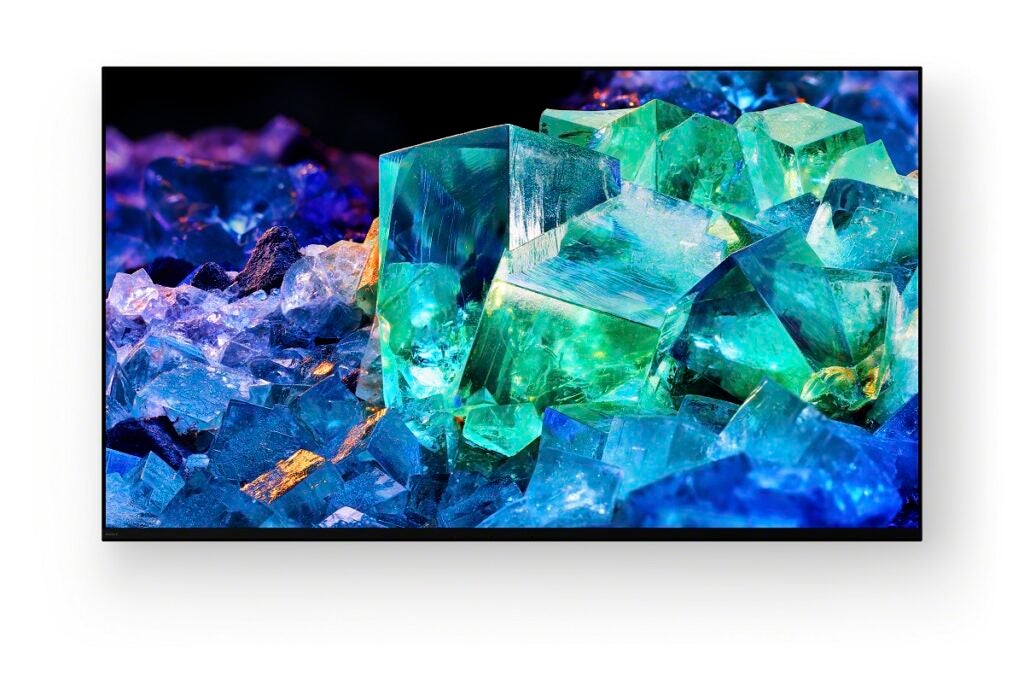
Contrast for a TV is the difference between its darkest shadows and brightest peaks. When a scene calls for absolute black, OLED can deliver with its pixel-level dimming ability to turn all of them off for true blacks. No other display tech can perform as nimbly.
This makes OLED’s contrast (infinitely) better than LCD LED TVs because the black parts of the image are actually black. You may spot a slight blue tinge on LCDs – it’s noticeable if you compare an OLED and LCD side-to-side – and that’s because of the LCD’s backlight peering through.
QD-OLED expresses a contrast ratio of 1,000,000:1, but presumably it’s also capable of infinite contrast, too. As such, QD-OLED’s ability to deliver a brighter output means it’ll be able to work as well in brighter environments whereas OLED TVs work best in low-light conditions.
Viewing angles
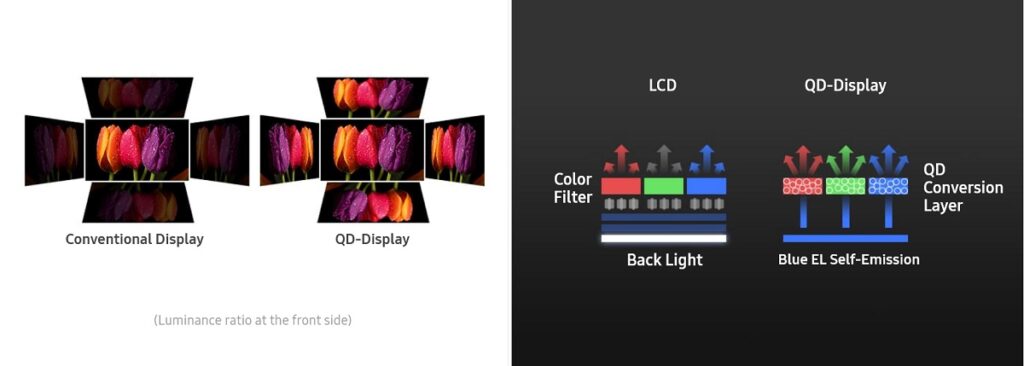
OLED screens offer very wide viewing angles, ensuring colours do not lose their lustre at more acute angles. You can have plenty of people watching at various angles and they’d still see good picture quality.
As QD-OLED has similar characteristics, viewing angles should be just as strong, but where the new display tech may have an advantage is in brightness. Based on their internal evaluation (so take this with a pinch of salt), Samsung says that when viewing a 65-inch TV from a 60-degree angle, “the QD-Display maintained more than 80% of the frontal luminance, whereas WOLED and LCD displays of the same size dropped to 53% and 35%.”
AS QD-OLED emits light uniformly in all directions, it implies the display can maintain luminance and colour volume at wider angles for a picture that’s richer, vibrant and doesn’t suffer from as much degradation.
A QD-OLED is also said to produce lower levels of glare and reflection, which should also help to emphasise colours, brightness and contrast.
Colour
It’s the use of Quantum Dot technology that potentially gives QD-OLEDs a win over OLED TVs. Quantum Dots are known for their purity and light efficiency, displaying colours with more accuracy at varying levels of brightness (referred to as colour volume). This results in expressive images that ape real world colours.
OLED TVs have struggled with colour volume at the brighter end of the luminance range, which is crucial as being able to hit higher levels of luminance helps to convey a broader range of colours. A QD Display can realise more of the BT.2020 and DCI-P3 colour spectrum, relaying images that are closer to how we see the world with our own eyes. This will also aid better HDR performance too.
What are they used for?
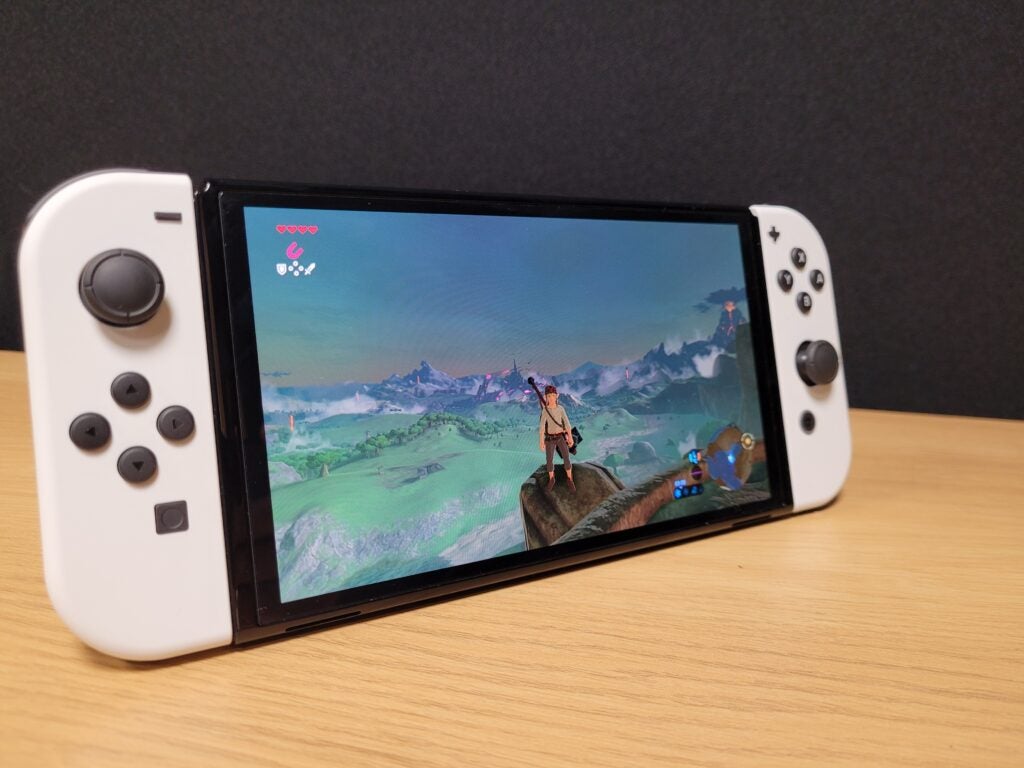
OLED is used across a range of devices and applications. Smartphones use OLED screens (or AMOLED, which is similar), as do handheld gaming devices (Nintendo Switch OLED), laptops (Dell XPS 13 OLED), TVs, and even Hollywood colour artists (the films you see have been often been graded on Panasonic and LG OLED screens).
OLED draws relatively low levels of power, which helps with mobile devices, and OLED’s pixel level precision assists faster refresh rates, so they’re seen as a good choice for high-end gaming.
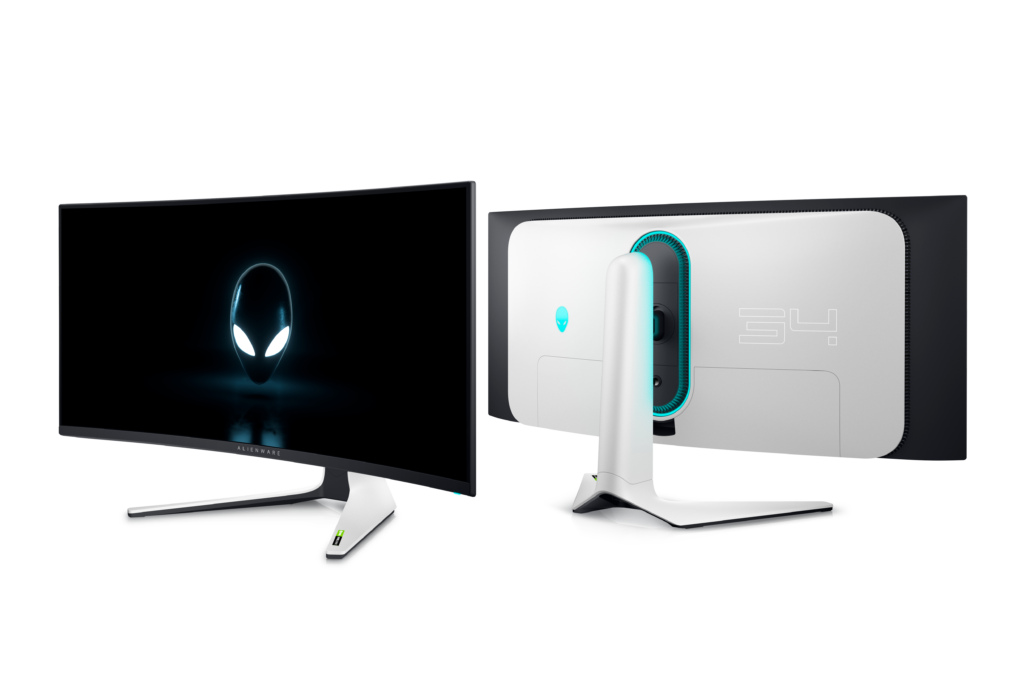
At CES, Alienware announced an QD OLED monitor with similar characteristics to QD Display TVs (1000 nits peak brightness, wide colour range, high colour uniformity etc).
As these are first generation Quantum Dot OLEDs they’re not likely to be as affordable as OLED. If so, the number of applications and devices would be lower, at least for now.
Which is better?
It’s hard to give any sure-fire statement on which is better. On paper, QD-OLED would appear to have the edge as the higher peak and average brightness would help with HDR and colour expression.
Pricing will be a factor however. OLED is the more mature tech and available in a wide range of sizes – as small as 42-inches and as big as 97-inches – where QD-OLED TVs can only be fabricated in 55- and 65-inch sizes, though we’ve seen a 34-inch gaming model.
OLEDs continued affordability will only strengthen it, while QD-OLED is seen as a premium priced player in the TV market. There’s only some overlap here as OLED has more invested in penetrating the mainstream TV market.
When QD Displays launch, it’ll be a case of establishing themselves before bedding themselves in, much as 8K did when it launched. In the here and now, OLED is the safer and probably less expensive choice, but QD-OLED will be making inroads and there’s no doubting it heralds an exciting time in the TV world.


